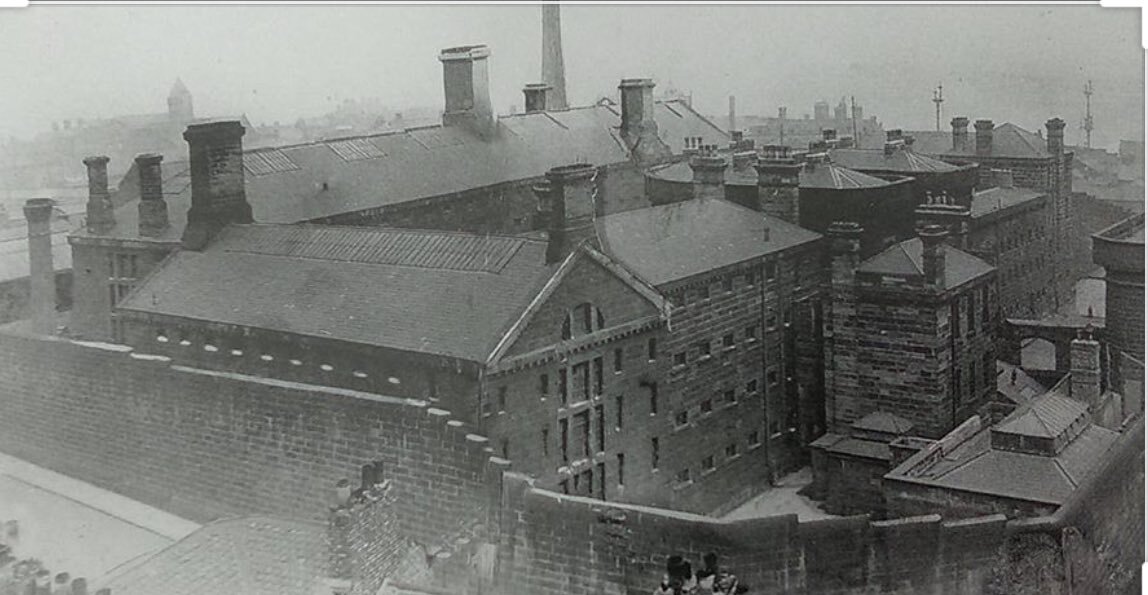
Life Inside
Although it only had a short-lived history the gaol played host to many fascinating and tragic stories. Life Inside is a repository for some of these remarkable moments and also a collection of short and engaging articles on life in and around the gaol. These have been put together by the principal team and a selection of local experts and students.
Force feeding in Newcastle Gaol
Although most often associated with the treatment of suffragettes, force-feeding was also used more widely in prisons as a means of imposing discipline. A number of women supporting the suffrage movement went on hunger strike in Newcastle Gaol and were subjected to the ordeal of force feeding (for example, Lady Constance Lytton in 1909). However, what is less well-known is that some men held in the gaol during and after the First World War also underwent the ordeal of force feeding. These men were all Conscientious Objectors.
Who would be a hangman?
In 1883 a vacancy in the role of hangman occurred and it would appear that many North East residents were only too keen to apply. Their professions, perceived qualifications for the role and reasons for doing it offer fascinating insights into the culture of capital punishment in the period and the public’s interaction with it.
Suffragettes in Newcastle Gaol
Although Lloyd George was closely guarded and the city was packed with police, some WSPU activists managed to break windows at the Liberal Club, General Post Office, and Palace Theatre. These protests, later dubbed the "Battle of Newcastle", led to the arrest of 12 women who served sentences of up to one month in Newcastle Gaol. Here are some of their stories.


